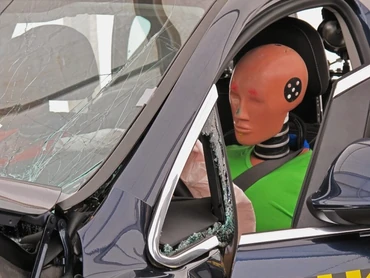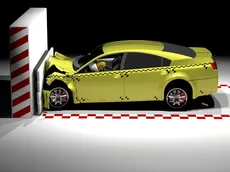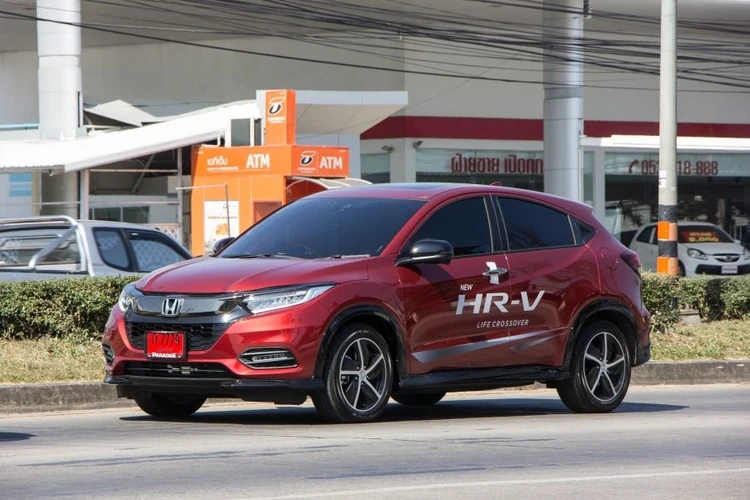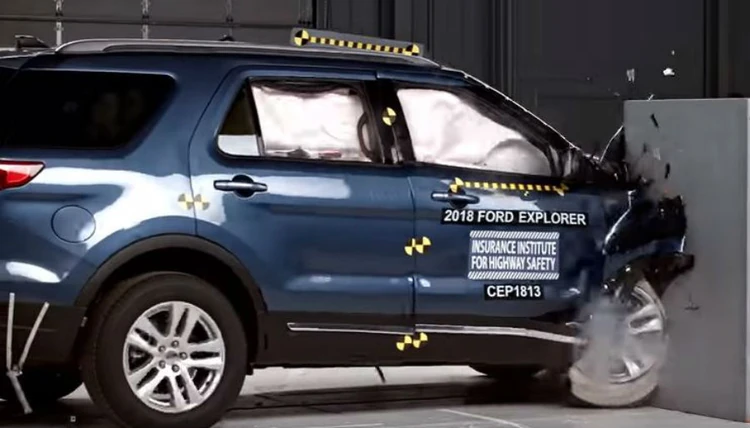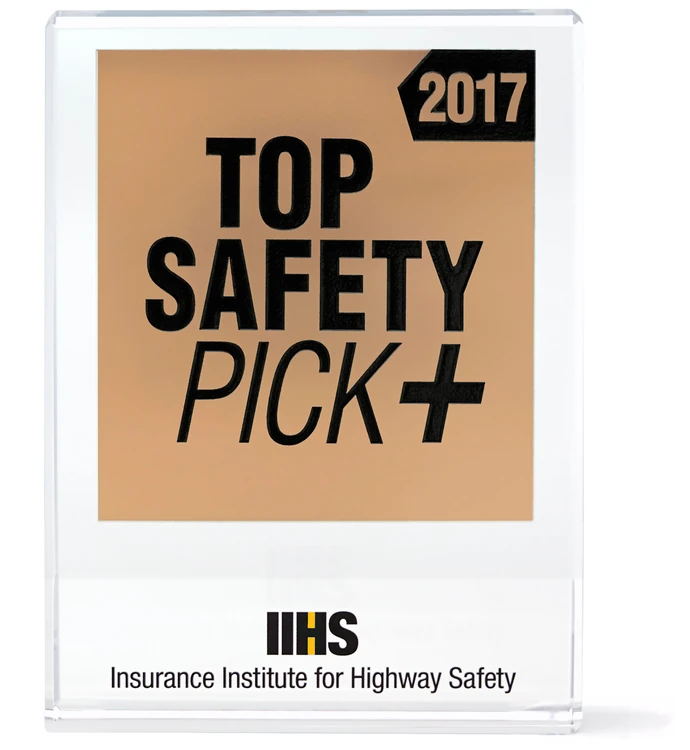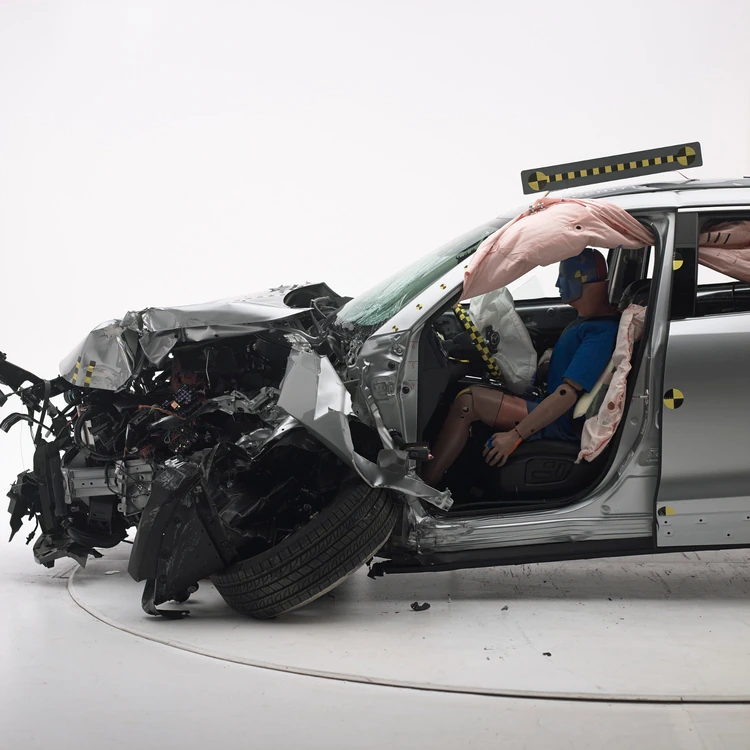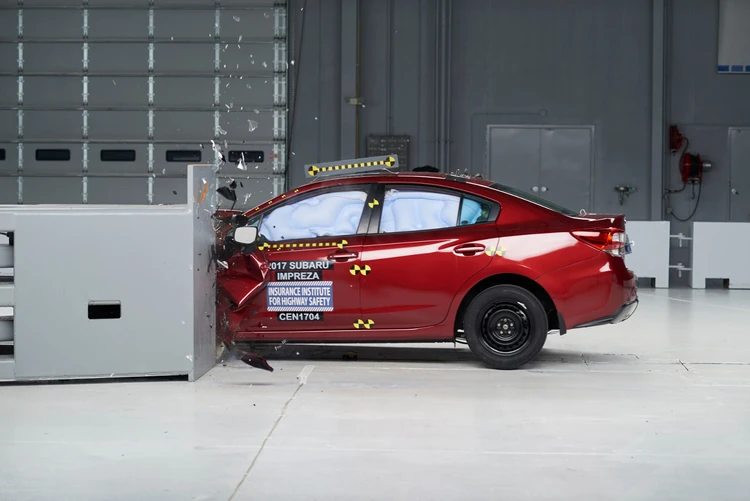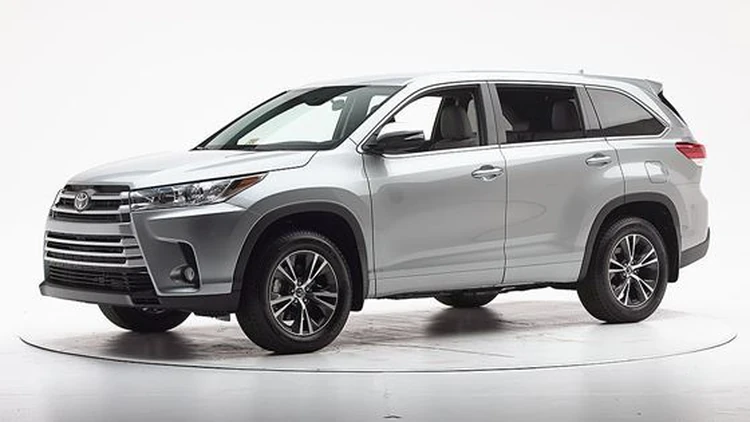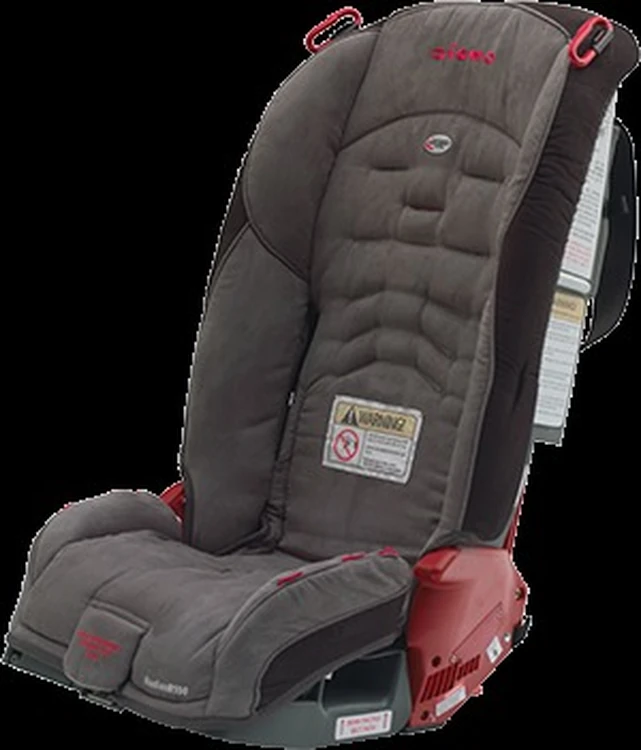Cars on U.S. highways are getting safer, and the Insurance Institute for Highway Safety (IIHS) is singling out 64 models for its 2020 top safety honors.
This year, vehicles must meet new criteria to qualify for TOP SAFETY PICK or TOP SAFETY PICK+ awards. They must have a “good” rating in each of IHSS’ six crashworthiness evaluations, and there’s also a new emphasis on protecting pedestrians in addition to vehicle occupants.
The “plus” is awarded to models that come exclusively with good or acceptable headlights, making it easier for consumers to find properly equipped vehicles. Of the 64 award winners, 23 qualify for TOP SAFETY PICK+.
“The headlight ratings that have been part of our awards criteria in recent years have pushed automakers to pay more attention to this essential equipment,” said IIHS President David Harkey. “However, finding vehicles with the right headlights can be a challenge for consumers. We wanted to reward automakers that have removed this obstacle.”
Headlights
Headlights get a strong emphasis since good visibility is critical to avoiding nighttime accidents. Six of the models that drove off with a “plus” designation — the Genesis G70, Honda Insight, Hyundai Nexo, Lexus NX, Subaru Crosstrek Hybrid and Tesla Model 3 — aren’t sold with anything other than good-rated headlights.
IIHS explains how it determines a vehicle’s overall safety rating in the video below.
Mazda and Hyundai stand out
In this year’s rankings, Mazda and Hyundai stand out. Mazda earned the most TOP SAFETY PICK+ awards with five — for the Mazda 3 sedan, Mazda 3 hatchback, Mazda 6, CX-3, and CX-5. The CX-9 collected a TOP SAFETY PICK award.
"We are proud to be the top 2020 IIHS TOP SAFETY PICK+ award recipient. It's a big accomplishment and stems from our commitment to our owners," said Mazda President Jeff Guyton. "Always keeping our customers in mind, Mazda is dedicated to providing the most advanced safety technologies, giving our customers a more enjoyable and confident driving experience."
Hyundai, meanwhile, collected the most overall winners since the company includes the Genesis and Kia brands in addition to Hyundai. Fourteen models earned a TOP SAFETY PICK award and three others collected a TOP SAFETY PICK+ designation.
"Hyundai and its engineering teams continue to make vehicles even safer by prioritizing cutting-edge safety,” said Andy Freels, president, Hyundai America Technical Center.
Freels points to Hyundai safety features like is forward collision-avoidance assist and blind-spot collision warning as major steps in enhancing vehicle safety.
No minivans or pickups qualify for this year’s list. IIHS says that could change if automakers decide to make mid-year production changes and nominate the vehicle for testing.
